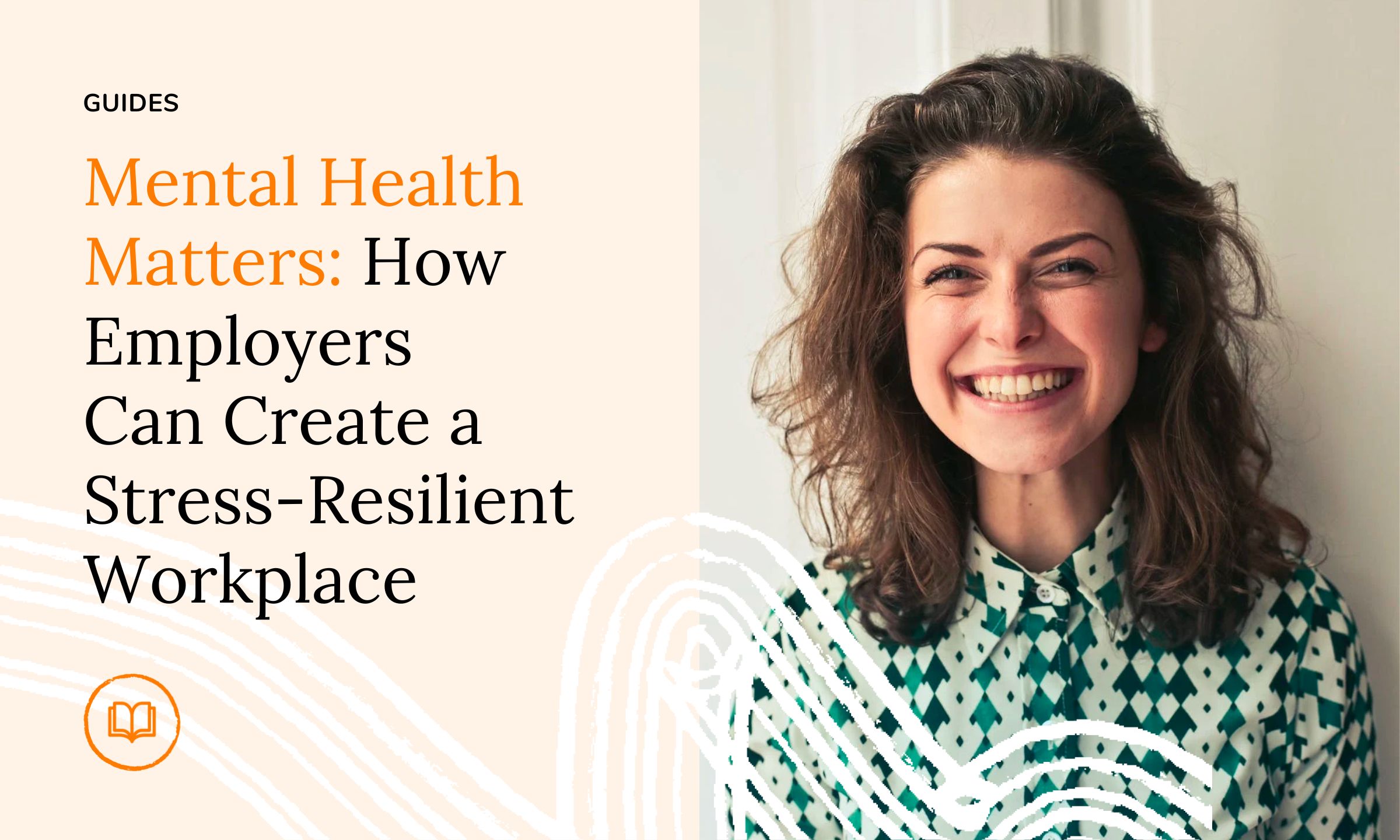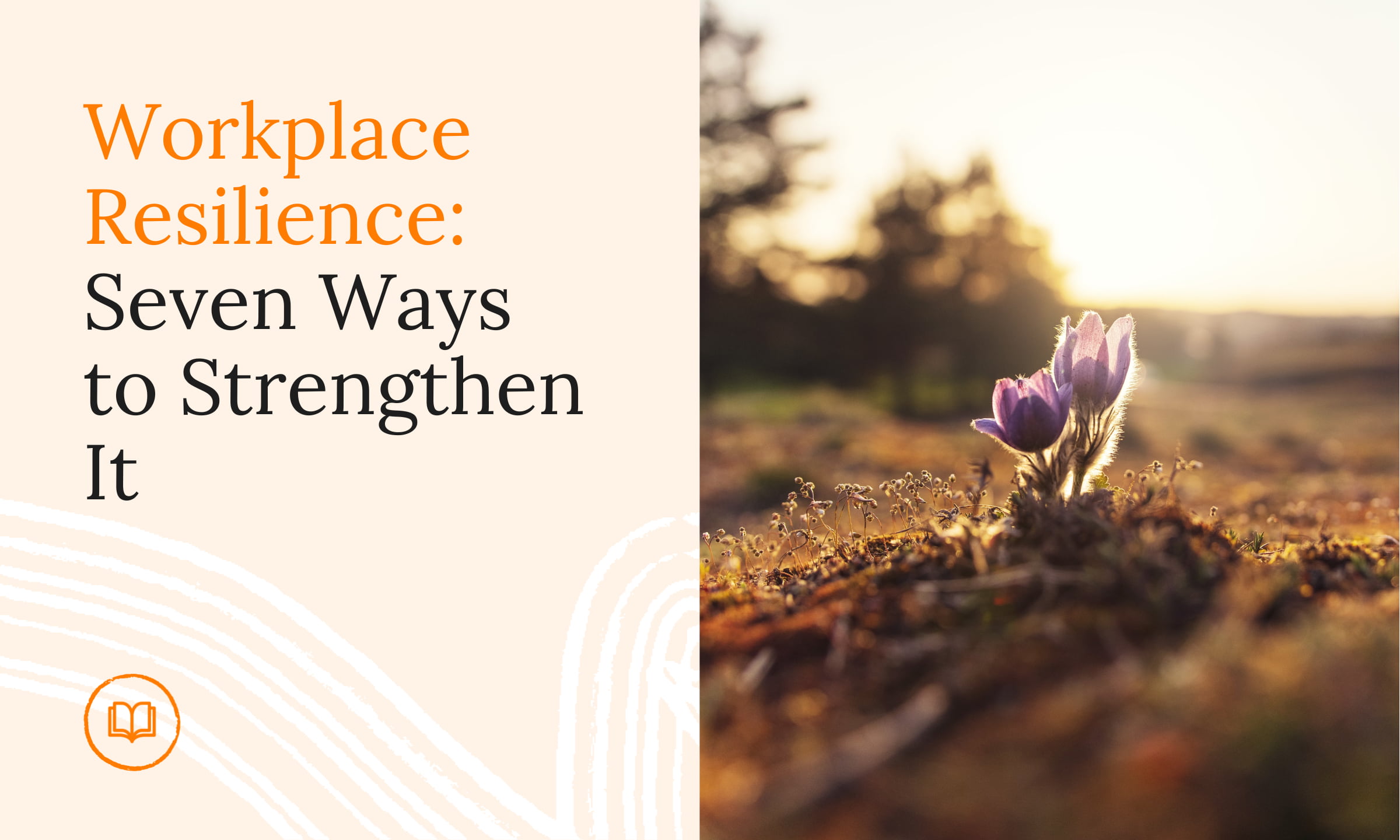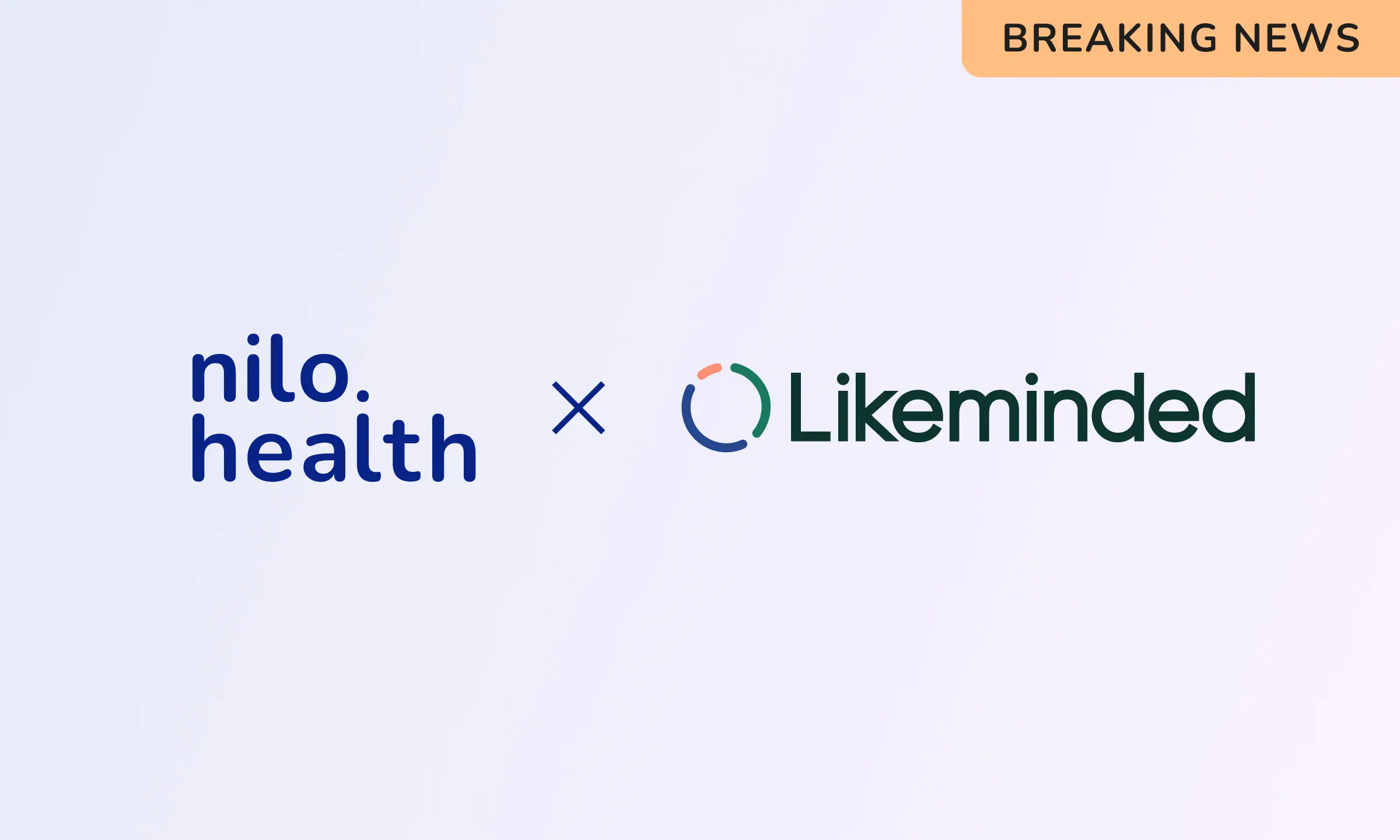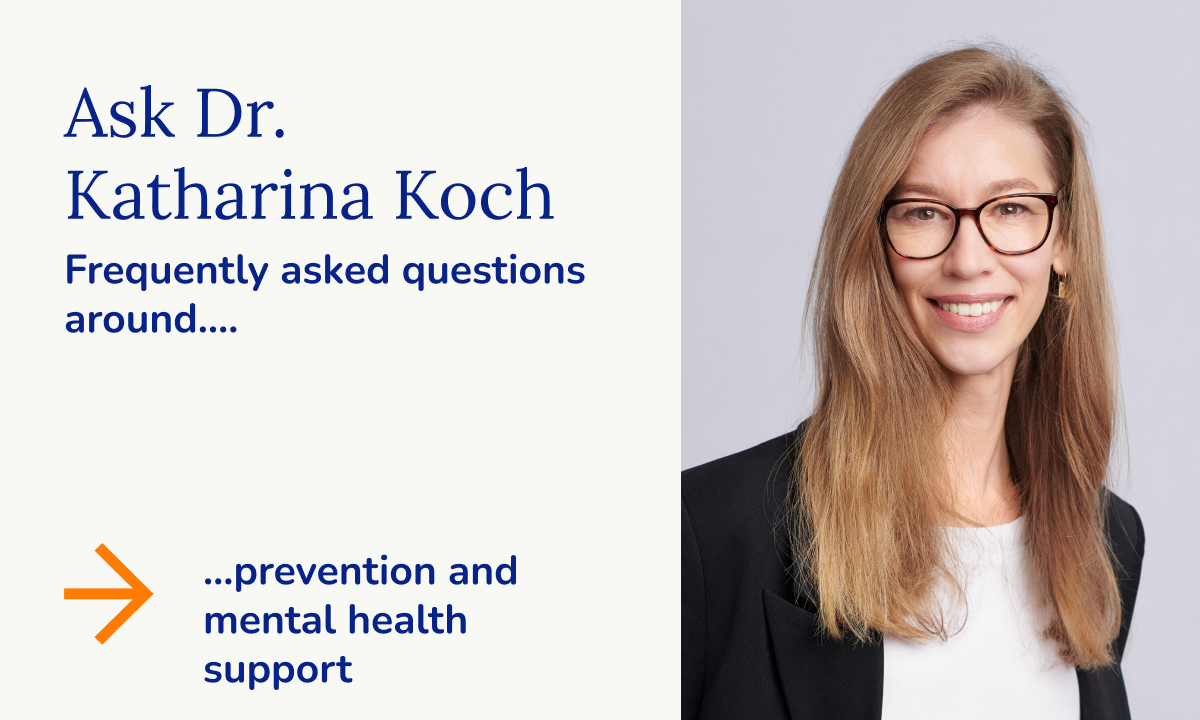Can you imagine a workplace with no stress? Every day, you float into work cheerful and humming. Your colleagues beam at you and you beam back. You are a serene and radiant cog in a stress-free dream with no deadlines and no pressure… Okay, so that might be a little too good to be true. But here’s one thing that can help: a stress-resilient workplace.
The idea of no stress at work is wonderful, but maybe impossible. After all, things happen! The most important aspect of a workplace – the thing that changes it from stressful to stress-resilient – is how we react to those things when they happen. And one of the most important places to enact change is a leader, whether you’re in HR or the C-Suite. Let’s explore how.

When we speak about mental health in the workplace, one issue seems to come up time and time again: stress. In an era marked by relentless demands and high expectations, stress can become the make or break factor of an organization. Elevated stress levels not only lead to decreased productivity but also contribute to absenteeism, strained relationships, and even physical health concerns. Recognizing the far-reaching consequences, employers are increasingly acknowledging the need to limit stress factors as an integral aspect of their organizational framework: to create, in fact, a stress-resilient workplace that acknowledges stress without letting it escalate to a crisis.
But many employers find that reducing stress is easier said than done. While identifying the issue is a good start, it takes research, strategy, and resources to effectively combat stress in the workplace. In this article, we’ll explore actionable strategies employers can adopt to create a stress-resilient workforce.
Building a Stress-Resilient Workplace
Open Conversations
Creating a culture where employees feel comfortable discussing their mental health is crucial to a stress-resilient workplace. Encourage open conversations that destigmatize stress and mental health challenges. By normalizing these discussions, employees are more likely to seek help and support when needed.
Mental Health Resources
Offer accessible resources, such as mental health workshops and counseling services. These resources empower employees with tools to manage stress, build resilience, and maintain their mental well-being. Online webinars, counseling sessions and workshops such as those provided by nilo.health will give your employees the tools they need to combat workplace stress.
Flexible Work Arrangements
Embrace flexible work arrangements, allowing employees to manage their workloads and personal responsibilities more effectively. Providing autonomy over their schedules helps reduce stress and promotes a healthier work-life balance. Every employee will have their own preferences for how they work, as well as personal commitments and time conflicts that they need to manage. The key is creating a flexible arrangement that gives every employee the space to do their best work in their preferred way.
Time Management and Prioritization
Equip employees with time management techniques to better handle tasks and prioritize work effectively. Training in these skills reduces overwhelm and helps employees maintain control over their responsibilities. Time management is simple to implement and can have far-reaching results for productivity, thus alleviating stress and overworking. Online workshops or time-management apps are a great place to start.
Mindfulness and Wellness Programs
Introduce mindfulness practices and wellness programs that encourage employees to engage in activities that promote relaxation, focus, and self-care. Access to a digital library like nilo.health’s allows employees to take ownership of their own mindfulness and feel that they are part of creating the stress-resilient workplace. Encouraging mindfulness helps individuals manage stress and maintain a clear perspective in challenging situations.
Clear Communication
Ensure clear communication regarding roles, expectations, and goals. Ambiguity can contribute to stress, while clear communication fosters a sense of understanding and control. Communication also involves recognizing and explicitly appreciating employees’ efforts and achievements. Feeling valued enhances job satisfaction and buffers against stress.
Manager Training
Providing ongoing training and resources empowers managers to be proactive in addressing stressors before they escalate. Equipping managers with the necessary skills to recognize signs of stress, have supportive conversations, and navigate workplace challenges effectively can have a profound impact on employee well-being. A compassionate and empathetic leadership approach goes a long way in creating a stress-resilient team.
Skill Development and Growth Opportunities
When employees have the chance to expand their skill sets and take on new challenges, they feel more empowered and confident in their roles. This not only enhances their sense of accomplishment but also provides a buffer against stress. Continuous learning fosters a growth mindset and helps employees adapt to changing demands, reducing the feeling of being overwhelmed. By investing in their professional development, employers create an environment that values individual growth and equips employees with the tools to navigate stress and uncertainty effectively.
Workload Balance and Task Delegation
Encouraging employees to manage their tasks in a manageable and sustainable manner prevents overwhelming workloads. Employers can facilitate this by ensuring realistic expectations, distributing tasks evenly, and providing tools for efficient task management. Moreover, empowering employees to delegate tasks when appropriate fosters a collaborative environment and prevents burnout. When individuals feel in control of their workloads, stress levels decrease, allowing for improved focus, enhanced job satisfaction, and ultimately, a more stress-resilient workplace.
A Welcoming Workplace
Design a workspace that promotes well-being, incorporating elements such as natural light, plants, and comfortable seating. A pleasant environment contributes to reduced stress levels. You could also use the physical environment to encourage regular breaks and discourage a culture of overworking. Spaces for relaxation and socializing encourage short breaks throughout the day, which allow employees to recharge and maintain focus.
Create a holistic, stress-resilient workplace
A stress-resilient workplace is a shared responsibility between employers and employees. Prioritizing mental health not only benefits the individual but also creates a positive ripple effect throughout the organization. Employers that invest in strategies to reduce stress and promote mental well-being create a more engaged, motivated, and productive workforce. As mental health continues to be a critical aspect of modern work dynamics, organizations that champion a stress-resilient environment will undoubtedly thrive in a rapidly evolving professional landscape.
Ready to create a mentally healthy workplace? Let’s get started.







